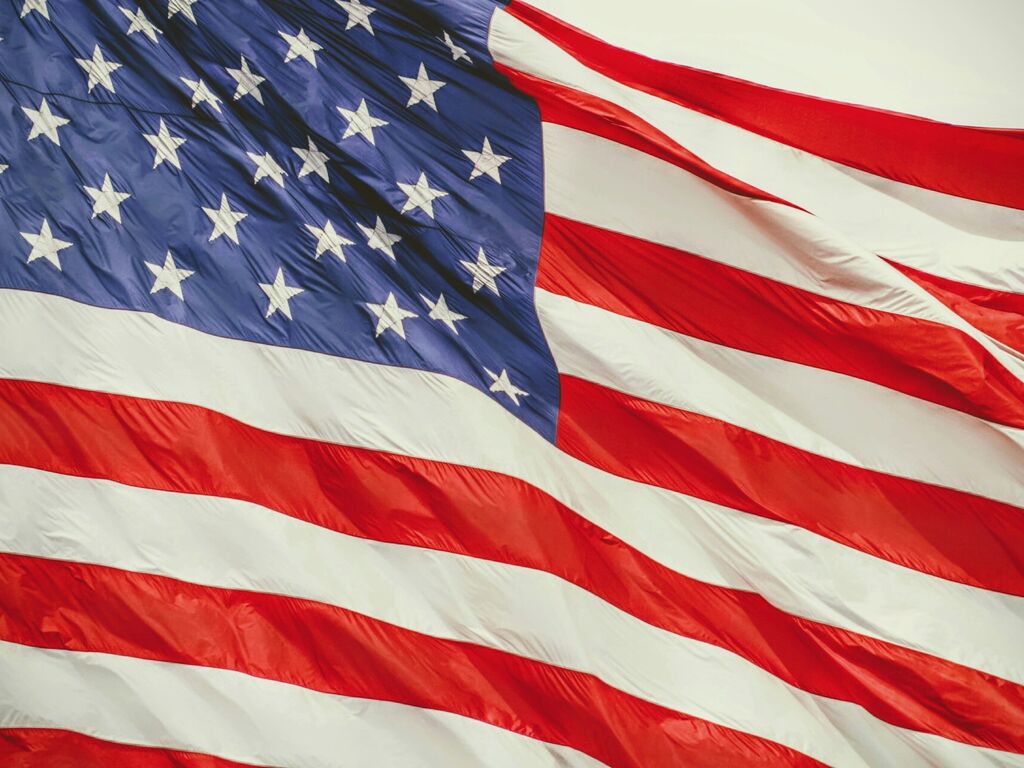News
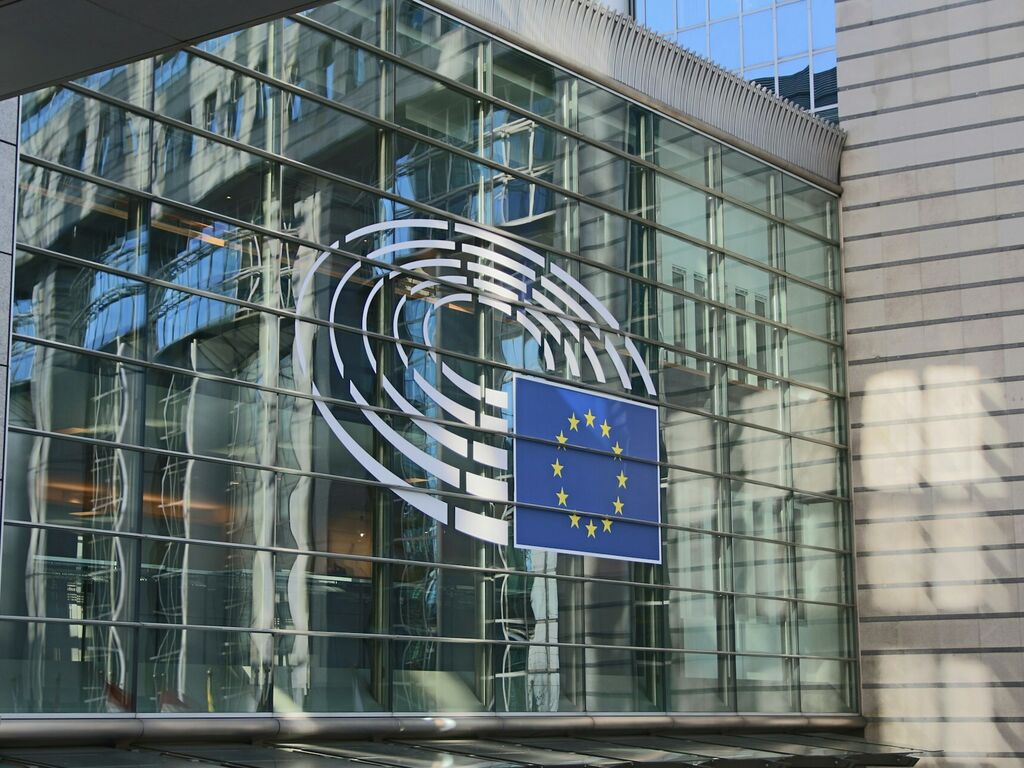
European Parliament and Council Clash Over Air Passenger Rights Reform
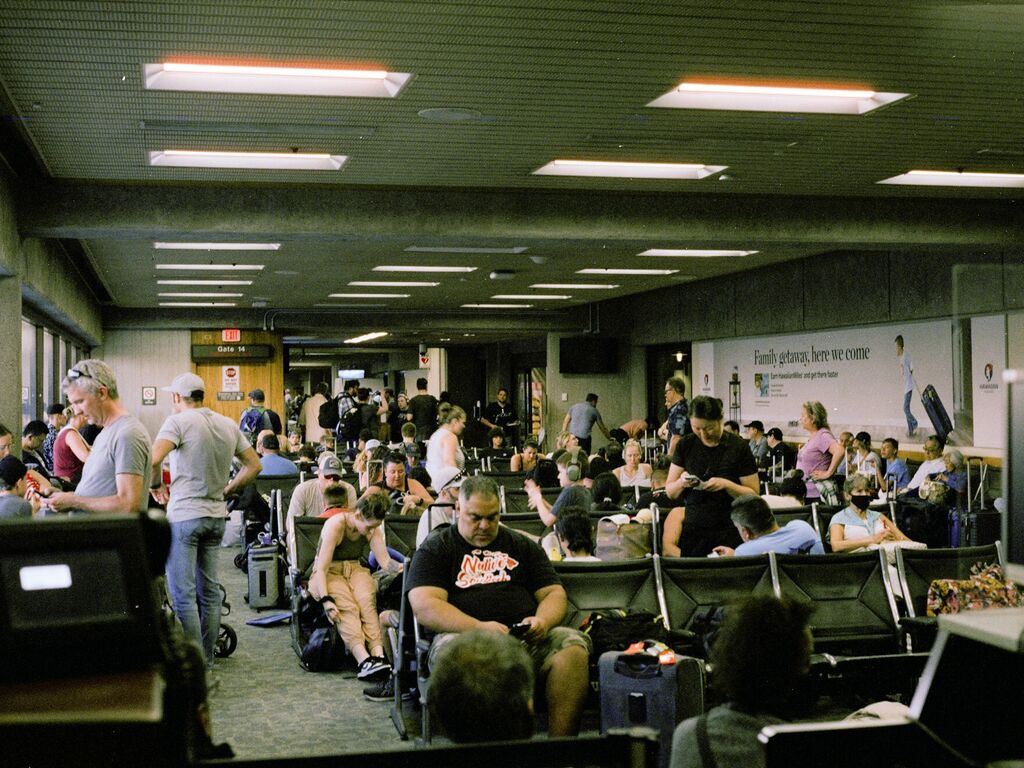
Italy Aviation Strike September 2025: What Passengers Need to Know
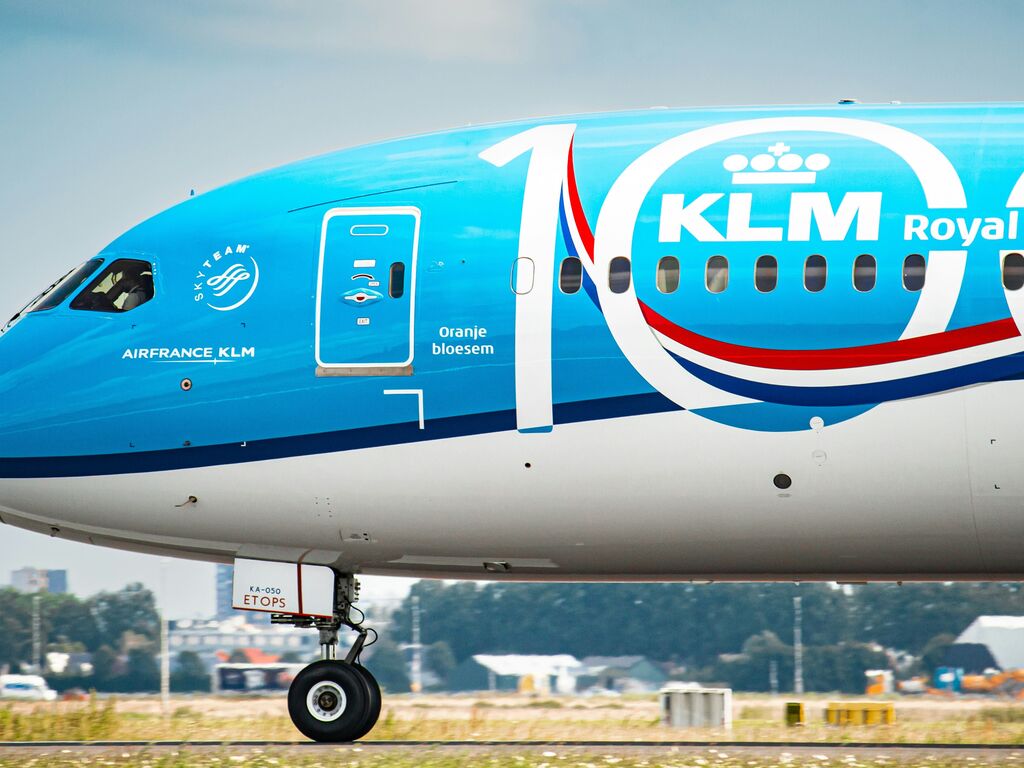
KLM ground staff strike grounds over 100 flights - How can passengers get compensation? September 9, 2025 | Amsterdam
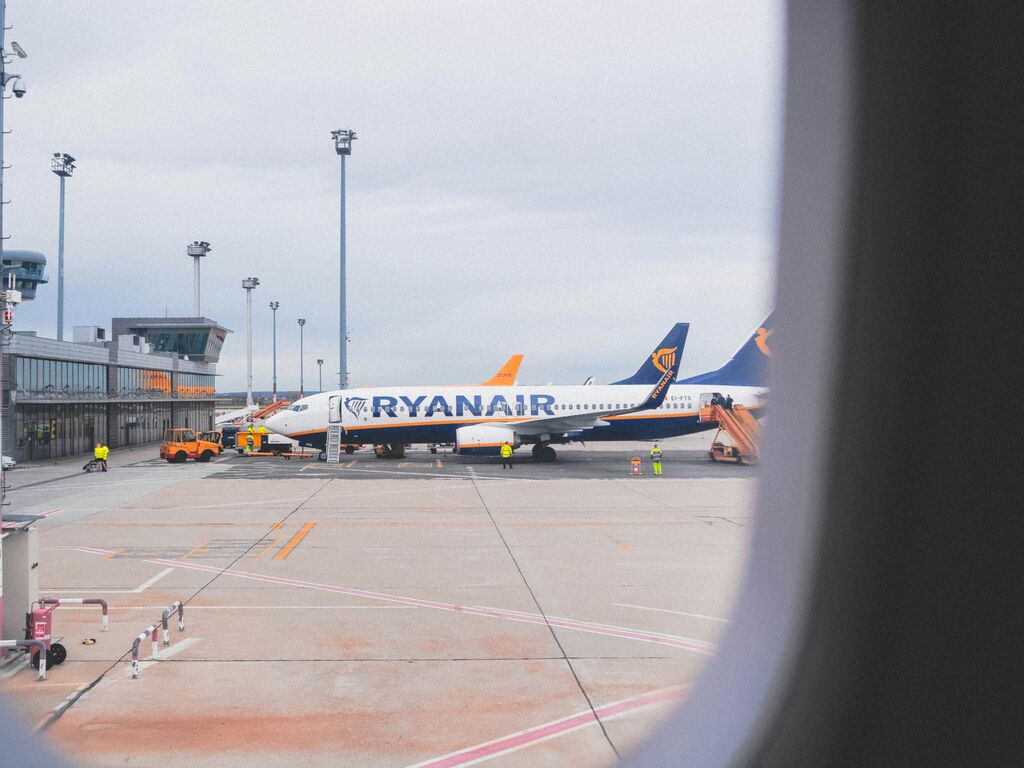
Ryanair Strike (August 15 - 17, 2025): How to claim compensation
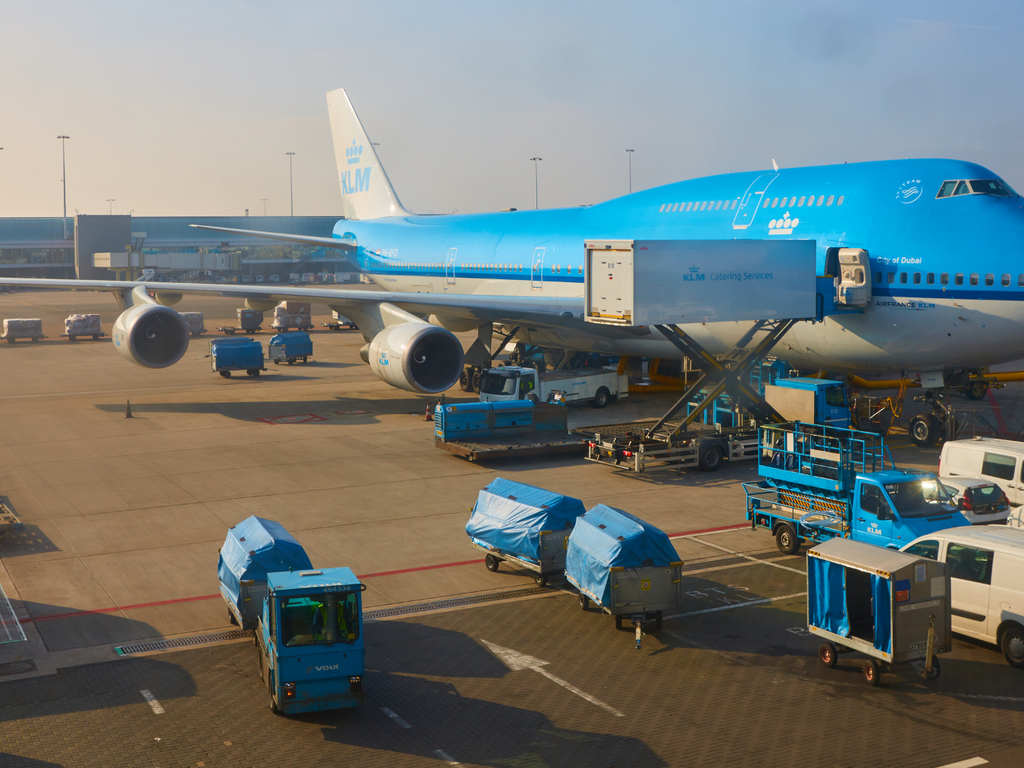
KLM ground staff strike on July 9th 2025
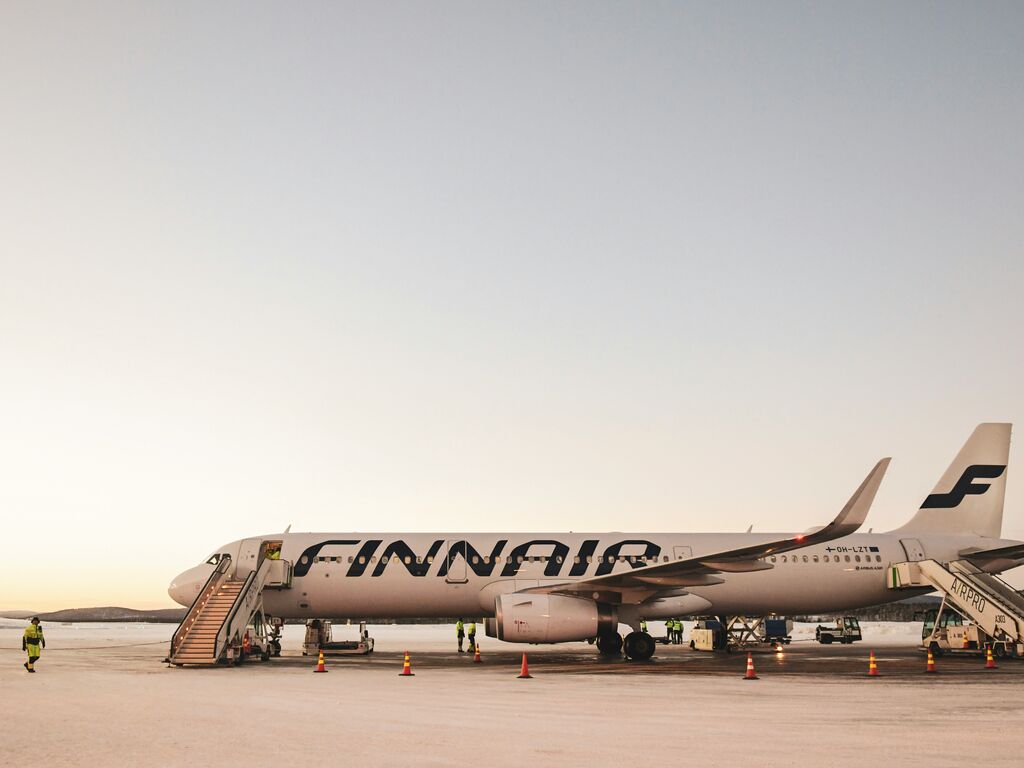
Finnair strike July 2025: claim your compensation!
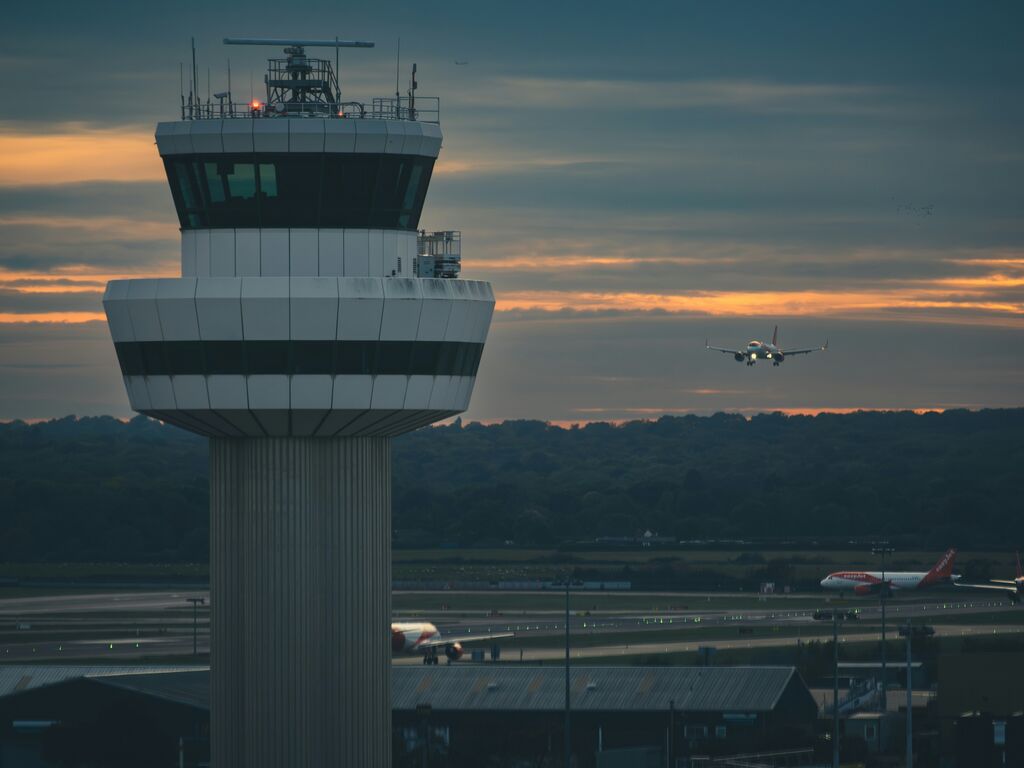
July 3–4 French ATC strike: your passenger rights explained
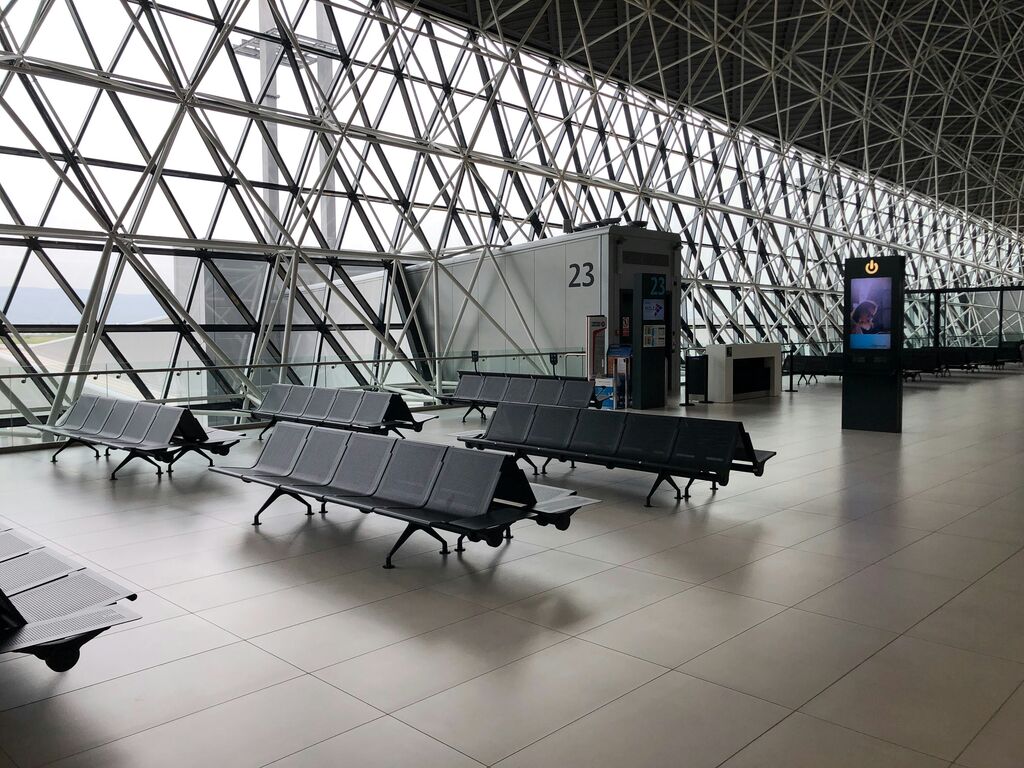
Strike at Charleroi and Brussels Airports on June 25
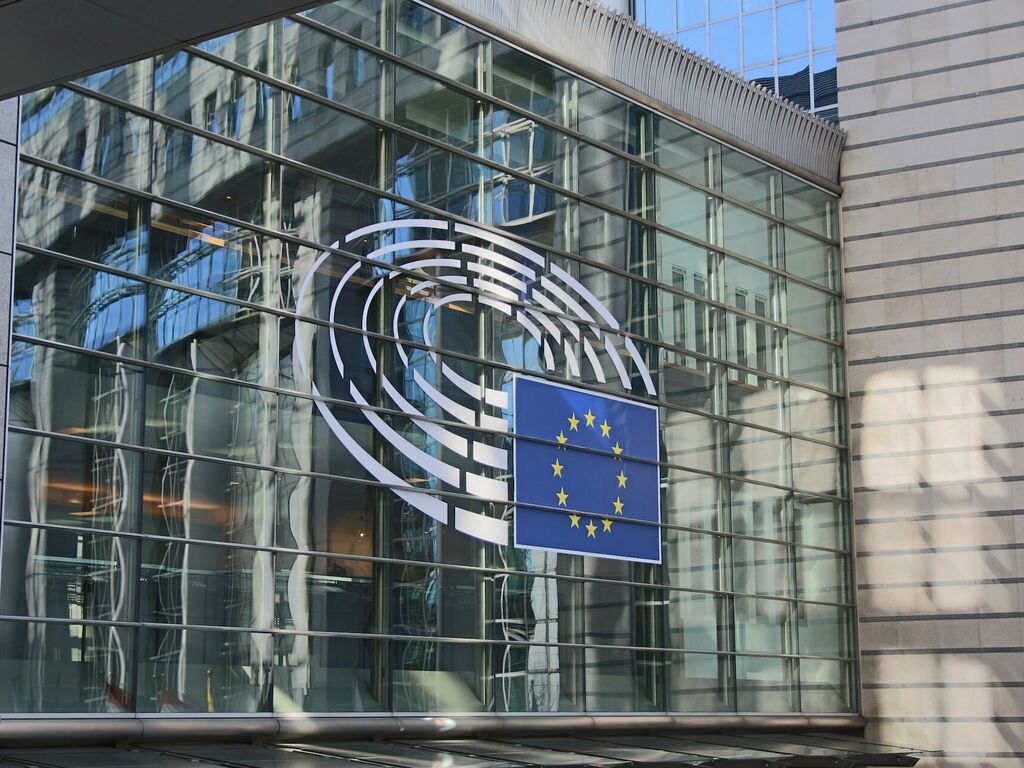
European Parliament hits back in battle over passenger rights
